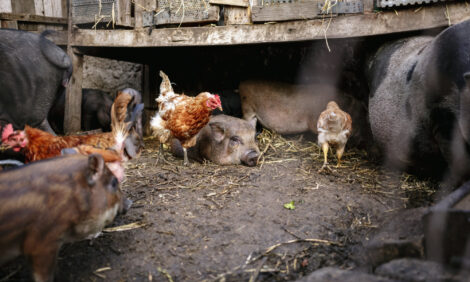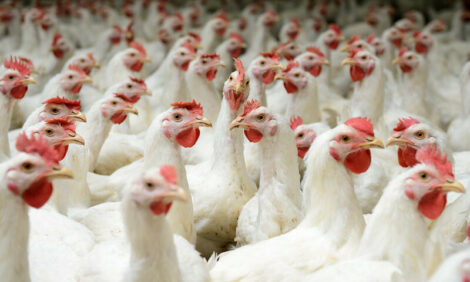



Broiler genetics import gap in China filled by domestic breeds
Domestic company develops line with better feed conversion ratioAccording to a recent US Department of Agriculture (USDA) Global Agricultural Information Network (GAIN) report, industry sources indicate the average inventory of grandparent stock in China in the first half of 2024 is higher than the same period of 2023. The USDA Foreign Agricultural Service (FAS) post expects the higher inventory of grandparent stock in 2024 will enable higher production of white broiler chicken in 2025.
China’s production of commercial white broiler chicken partially depends on imported genetics while domestically produced genetics has increased market share. Since 2022, several major poultry genetics exporting countries, including the United States, notified China of highly pathogenic avian influenza (HPAI) detections. Subsequently, the China placed genetic import3 controls on these suppliers.
In the first half of 2024, although poultry genetics imports have resumed from some origins, HPAI-related import restrictions on avian genetics remain on several US states.
Due to sanitary and zoosanitary limits on imported genetics, white broiler producers increased the use of domestically produced genetics. According to industry and market signals, it seems that there were
higher numbers of grandparent stock available in 2024 and that domestically produced genetics have increased in market share. Domestically produced genetics have a lower per unit price compared to
imported genetics. More importantly, the production efficiency of domestically produced genetics is improving.
According to media reports, a domestic company developed a domestically produced genetic line named “SZ 901” in 2019. In 2023, this company introduced an improved line, “SZ 901 Plus”, that
has a better feed conversion ratio.









